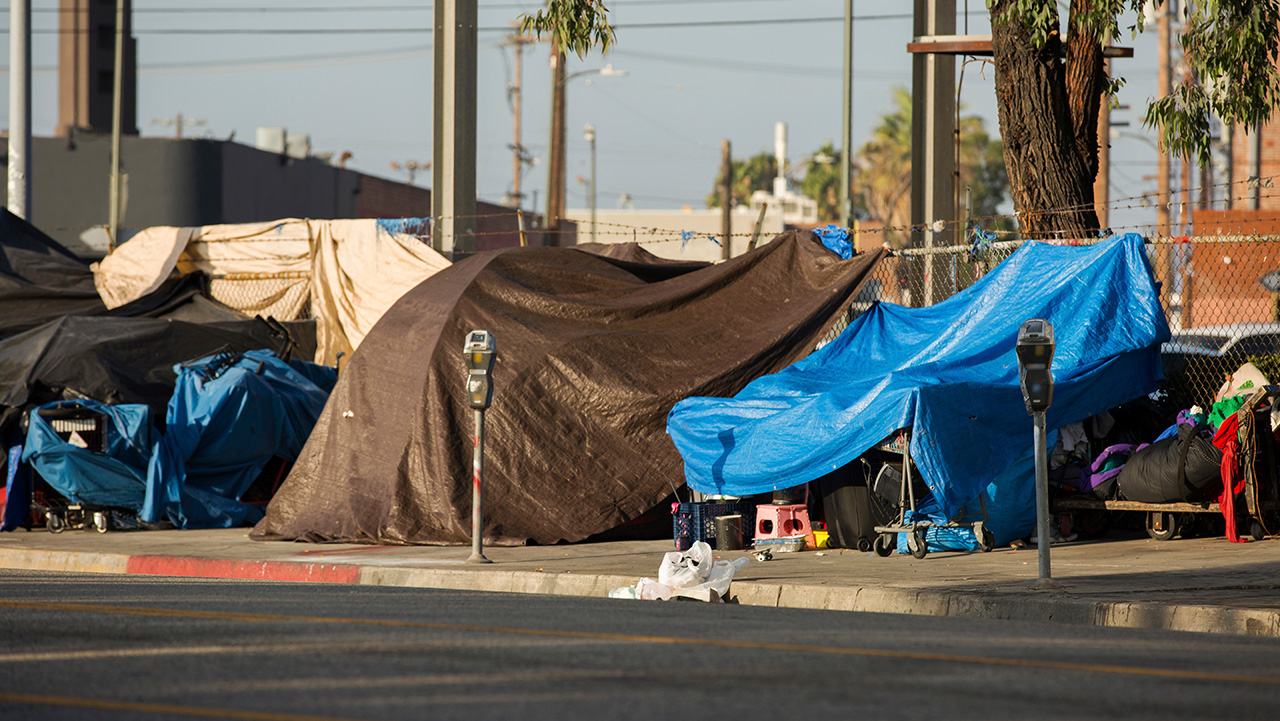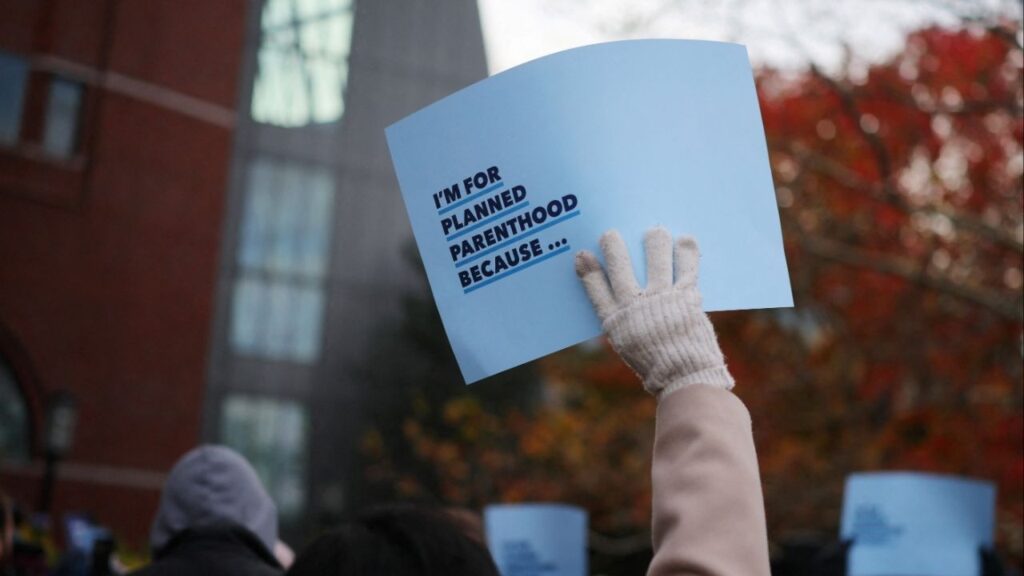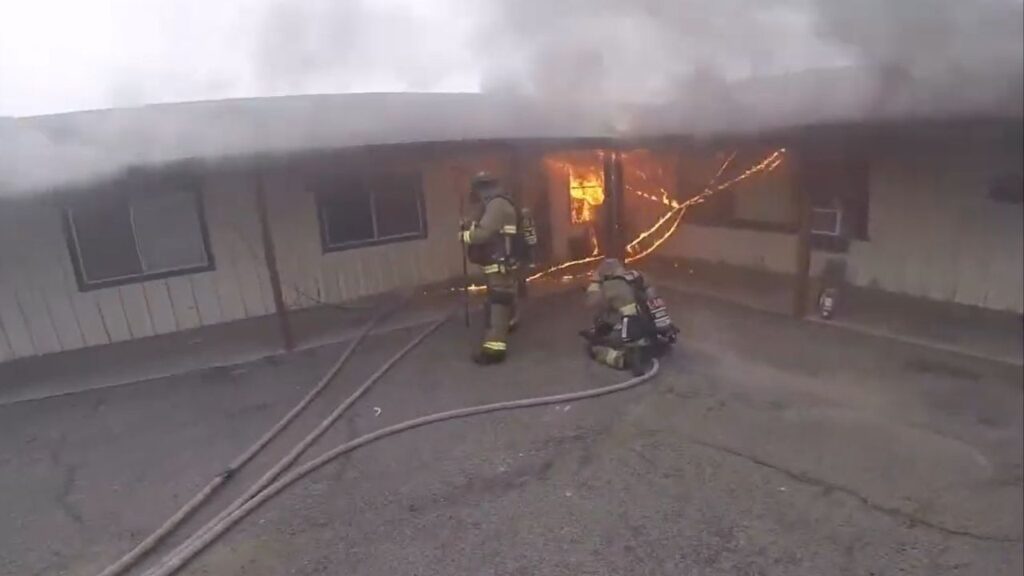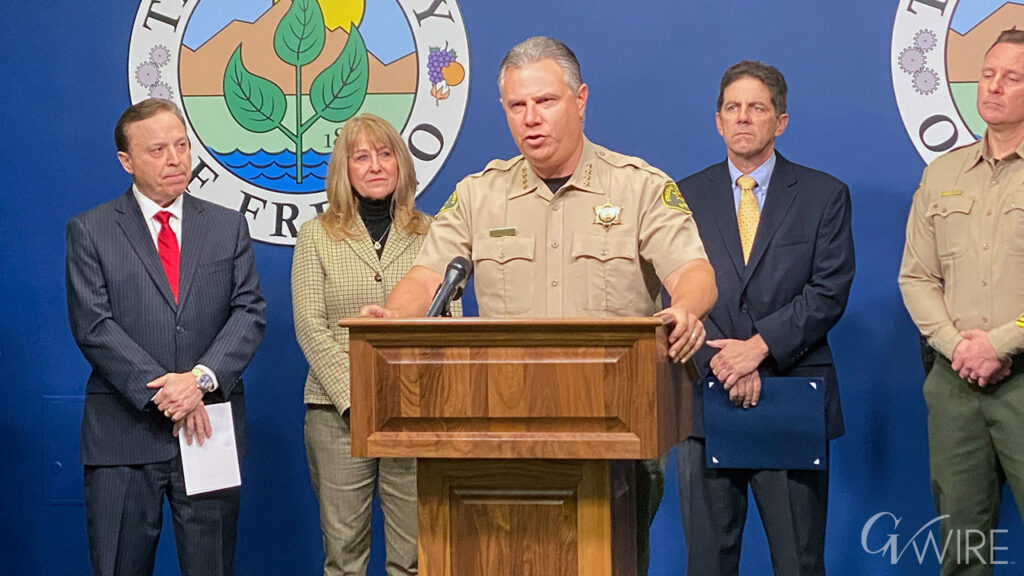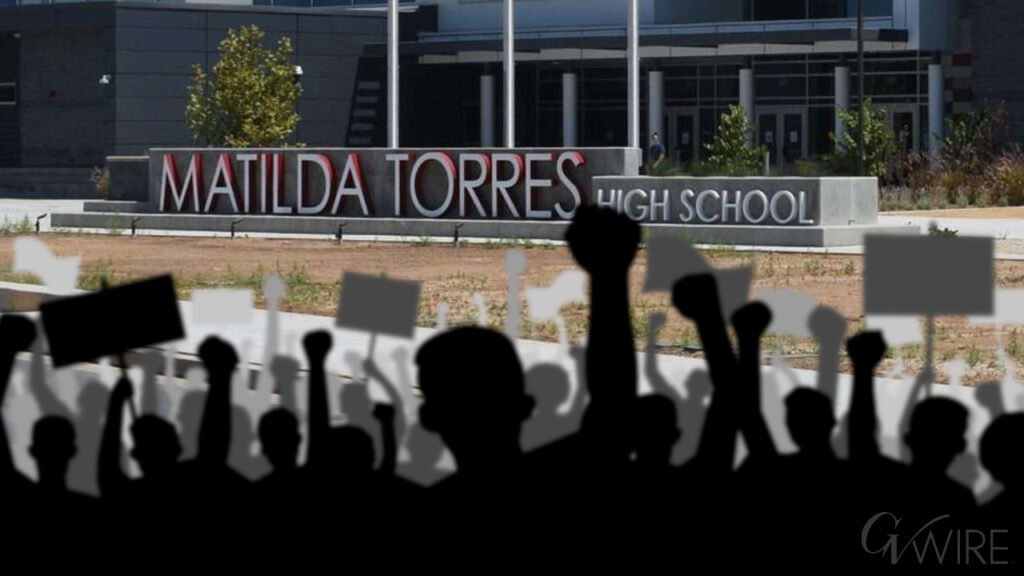California cities take widely different approaches to homeless encampment sweeps, a CalMatters report found. (Shutterstock)

- California cities vary widely in how they regulate homeless encampment sweeps, with some having detailed policies and others none at all.
- The lack of uniform standards leaves unhoused residents facing different rules depending on where they live.
- Advocates say inconsistent approaches raise legal and humanitarian concerns across the state.
Share
|
Getting your Trinity Audio player ready...
|
This story was originally published by CalMatters. Sign up for their newsletters.
Clearing an encampment is one of the most complicated and fraught tasks any California city can take on when responding to homelessness.
How they handle that challenge varies widely.
CalMatters asked nearly three-dozen cities and counties throughout California for copies of their encampment management policies. Responses spanned a wide range, highlighting the lack of a unified strategy to address street homelessness across the state, even as Gov. Gavin Newsom is pushing for more cohesive rules.
San Diego, for example, has a 10-page policy that spells out everything from when removals can take place (during daylight hours and not if there is a 50% chance of rain) to how much advance warning the city must give camp residents (at least 24 hours) and how to handle personal belongings confiscated during the removal (items must be photographed, logged and stored for 90 days).
But some smaller cities and counties have no rules, or only bare-bones guidelines. Mendocino County has no encampment management policy. The sheriff’s office’s 861-page manual includes a little more than two pages on how deputies should interact with homeless individuals. Deputies are “encouraged” to consider referring them to shelter and counseling instead of arresting them for minor crimes. Mendocino County also does not track encampment removals.
Dismantling an encampment can be devastating for the people who call the camp home, many of whom already have experienced significant trauma while living on the streets. At the same time, cities say they have an obligation to remove camps that are dangerous, unsanitary, pose fire risks or are blocking traffic.
Uniform Policy Would Help Everyone
Having a policy in place, so that people living in an encampment know what to expect, can make the process easier on everyone, said Alex Visotzky, senior California policy fellow for the National Alliance to End Homelessness.
“Folks need to know when that trash truck is coming,” he said. “Folks need to know how long they have to be able to move. And when there’s nothing in place at all and folks are just flying by the seat of their pants, that leads to more harm. That leads to more chaos.”
How cities and counties remove camps has become especially important recently, as many places are increasing enforcement after the U.S. Supreme Court last year gave them more leeway to do so. Cities across the state have passed new laws banning encampments, which may or may not include provisions that require the city to give advance warning before clearing a camp, or store people’s possessions.
Some counties, including Santa Cruz and Monterey, are just now writing encampment policies for the first time, spurred by a recent push from Newsom’s administration. In May, he called on cities to make it illegal to camp for more than three days in one place, while also encouraging them to give people a 48-hour notice before clearing a camp and to store belongings confiscated during a clearing so that their owners can claim them.
The latest application for state homelessness funding requires cities and counties to submit a link to their encampment policy. If they have no such policy, they are supposed to commit to following the state’s guidance on addressing camps.
Both the governor’s office and the Legislature have signaled that the next round of funding — which won’t come until the 2026-27 budget year — will require cities and counties to adopt encampment policies in order to qualify.
“The Governor cannot mandate cities and local jurisdictions to adopt a specific plan or ordinance,” Tara Gallegos, a spokesperson for the governor’s office, said in an email. “That said, the Governor has shared a model ordinance and called on every local government to adopt and implement local policies without delay, backed by billions in state funding and authority affirmed by the U.S. Supreme Court last year.”
The Santa Cruz Example
Santa Cruz County recently drafted a policy to govern encampment removals in unincorporated parts of the county (nearly 600 square miles), which is set to go before the board of supervisors next month. Monterey County passed a new policy earlier this year.
The current process for clearing an encampment in unincorporated Santa Cruz County can be “chaotic,” said Robert Ratner, director of Santa Cruz County Housing for Health. It’s not always clear which agencies should be making the difficult decisions about which camps to clear, when and how.
Typically the sheriff’s office makes those calls, Ratner said, but there are many relevant factors that the agency might not know — such as how many shelter beds are available, or whether the camp is polluting a nearby waterway. The new policy puts the county’s executive office in charge of those tough decisions, and gives guidance on how long to store confiscated property (for at least 90 days) and how to conduct outreach (make a list of all camp residents and record details about their situation that will help connect them with housing and other services).
“Unfortunately, it’s not easy,” Ratner said. “And I think this is where the guide is helpful. Because we’re bringing it to the board and they’re agreeing to the principles and then giving that direction to all the staff, so staff aren’t left guessing.”
But cities and counties, including Santa Cruz, tend to be reluctant to write strict rules they may have trouble following later; It’s hard to promise a shelter bed when you don’t know if one will be available, for example. As a result, many policies offer vague guidelines rather than enforceable decrees. The U.S. Supreme Court last year ruled local governments can ban encampments even if no shelter is available. While some local encampment policies state that cities and counties should try to offer a shelter bed before destroying a camp, few go so far as to require it.
There is one thing that tends to make encampment policies more binding: when they’re written in court. That often happens after a group of homeless residents sues a city, as happened in San Diego and San Bernardino. When the two sides settle, they may agree on new rules to govern encampment removals in that city, and the city is legally bound to follow them.
But that can also lead to drawn-out courtroom battles. Chico has been fighting for the past year to get out from under a settlement reached after eight homeless residents sued the city in 2021, claiming its enforcement of anti-camping laws was unconstitutional.
The settlement set out strict new rules Chico now has to follow before it can clear a homeless encampment. The city must make sure it has enough shelter beds available for everyone who will be displaced from the camp, provide written notice to the plaintiffs’ lawyers more than two weeks ahead of the clearing, provide a seven-day warning to the camp residents, and then give another 72-hour warning.
“Folks need to know when that trash truck is coming.”
Alex Visotzky, senior California policy fellow, National Alliance to End Homelessness
Advocates for unhoused communities say those rules, which are stricter than in many other California cities, provide crucial protections for people on the street who are just trying to survive. The city, on the other hand, says following that “multi-week, burdensome” process before enforcing its camping ordinances is getting in the way of its duty to clear camps in areas prone to wildfires.
“The City of Chico is prevented from exercising reasonable actions to protect public health and safety (including the transient encampments themselves) from fire danger,” City Manager Mark Sorensen said in an email. “The city is held hostage by the seven remaining plaintiffs and (their lawyers, Legal Services of Northern California).”
The city tried last year to get out of the settlement, after the U.S. Supreme Court ruled that cities can make camping illegal even if they don’t have shelter beds available, and was shot down. Now, the city is trying again. The parties are expected back in court later this fall.
Legal battles can also influence how cities handle personal belongings taken from a homeless encampment. San Bernardino, which last year settled a lawsuit related to the destruction of unhoused people’s property, must provide camp residents with different-colored bags to differentiate between their property and trash, and give people with disabilities extra time to pack up their belongings.
Fresno Ranks Risk Factors
Stockton, which cleared more than 200 encampments last year, instead abides by a police department policy that vaguely states officers should “use reasonable care” with a homeless resident’s property, and avoid destroying it. If the property owner can’t pack it up, “measures should be taken” to secure the items.
Most jurisdictions lack the resources to respond to all the encampments on their streets, so some have drafted policies that help them prioritize which camps to clear first. Fresno has a detailed metric that ranks encampments based on various risk factors. A camp gets two points if the fire department has had to come out, four points if it’s been the location of a violent crime, and one point if a policy maker has asked the city to clear the camp.
Having such a patchwork of policies across the state makes it harder to solve the problem of homelessness, Ratner said. And while Newsom’s efforts to get cities on the same page seem to be having some effect, tying those rules to state funding is far from a perfect solution, he said. Smaller cities that don’t receive homelessness funds directly from the state have no incentive to adopt rules, he said.
“It creates significant inconsistencies,” Ratner said, “and more drama between the jurisdictions.”
This article was originally published on CalMatters and was republished under the Creative Commons Attribution-NonCommercial-NoDerivatives license.
RELATED TOPICS:
Categories

Apple TV Down for Thousands of Users, Downdetector Shows



